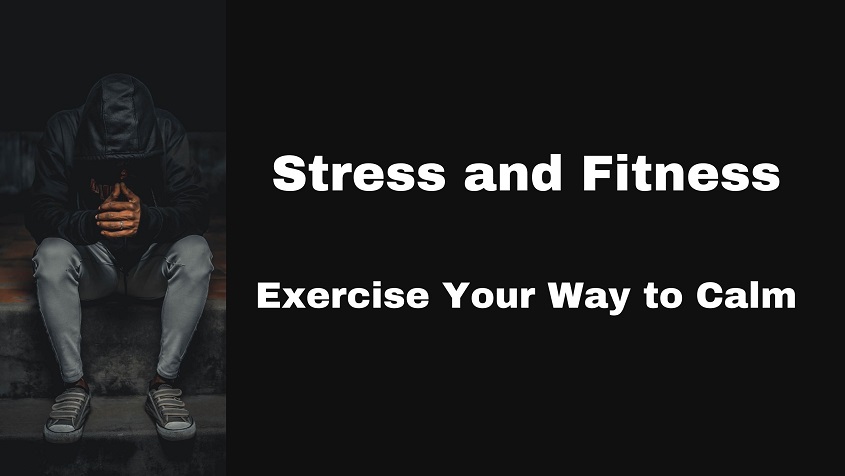Stress and Fitness: Exercise Your Way to Calm
Physical activity is a powerful antidote to the stresses of modern life. The connection between exercise and stress reduction is well-established, with regular physical activity offering many benefits for the body and mind.
Engaging in fitness enhances physical well-being and promotes emotional balance, mental clarity &a sense of calm.
This article delves into the profound relationship between exercise and stress management, offering insights and strategies to help you use fitness as a potent tool for achieving a calmer and more balanced life.
The Science Behind Exercise and Stress Reduction
Release of Endorphins: Physical activity triggers the release of endorphins—natural chemicals that alleviate pain and elevate mood.
Reduced Cortisol Levels: Regular exercise helps regulate cortisol, the body’s stress hormone, leading to reduced stress levels.
Enhanced Brain Health: Exercise improves brain function and boosts cognitive abilities, promoting mental clarity and focus.
Stress Buffering Effect: Regular exercise acts as a buffer against the negative effects of the chronic stress on the body and mind.
Strategies for Using Fitness to Combat Stress
Find an Activity You Enjoy
Engage in activities that bring you joy. Whether it’s jogging, dancing, swimming, or yoga, enjoying the exercise enhances its stress-relief benefits.
Create a Consistent Routine
Establish a regular exercise routine to make fitness a part of your daily life. Consistency is key to reaping long-term benefits.
Prioritize Aerobic Exercise
Aerobic exercises like walking, running, cycling, and swimming increase heart rate and promote the release of endorphins.
Incorporate Mind-Body Practices
Practice mind-body exercises like yoga, tai chi, and Pilates to combine physical activity with mindfulness and relaxation.
Outdoor Workouts
Engage in outdoor workouts to connect with nature and benefit from the calming effects of fresh air and natural surroundings.
Practice Interval Training
High-intensity interval training (HIIT) combines bursts of intense exercise with short rest periods, offering efficient stress-busting benefits.
Combine Social Interaction
Participate in group fitness classes or workouts with friends to benefit from the social aspect while getting active.
Set Achievable Goals
Set realistic fitness goals that provide a sense of accomplishment, boosting self-esteem and reducing stress.
Monitor Progress
Track your fitness progress to celebrate your achievements and stay motivated to continue your exercise routine.
Listen to Your Body
Pay attention to your body’s cues and avoid overexertion. Exercise should be enjoyable and stress-reducing, not an additional stressor.
Conclusion
Regular physical activity is a dynamic tool that can empower you to manage stress, enhance mental well-being, and achieve a state of calm and balance.
By incorporating exercise into your daily routine, you invest in your overall physical and mental health. Remember that the benefits of exercise extend beyond the gym; they can positively impact every aspect of your life.
Whether going for a jog, practicing yoga, or participating in a group fitness class, every step you take toward fitness is a step toward a more relaxed, focused, and fulfilled you.
Thanks for visiting How To Cure Stress

